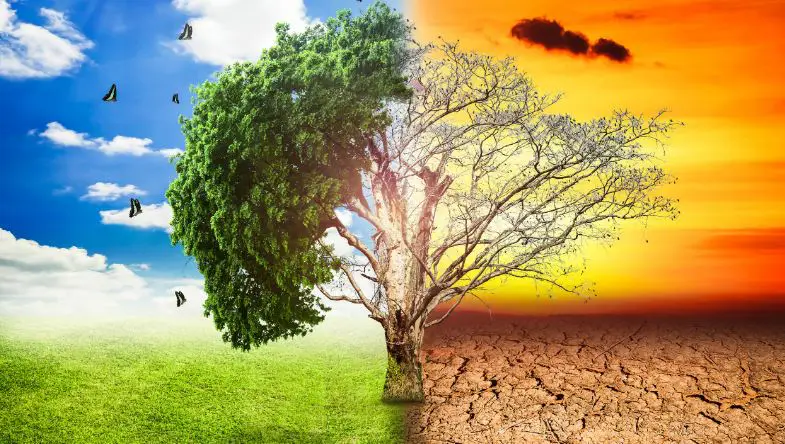Seithati Motšoeneng
THE world has officially recorded its warmest January ever, according to leading datasets from the Copernicus Climate Change Service and the United States National Oceanic and Atmospheric Administration.
This alarming trend has heightened concerns about climate change, especially as it occurred amid a La Niña event, which is typically associated with global cooling. Surprisingly, this record-breaking warmth even surpassed the temperatures observed in January 2024 during a warming El Niño phase.
El Niño and La Niña are climate patterns in the Pacific Ocean that can affect weather worldwide. El Niño events can have the overall effect of increasing global average surface temperatures, bringing drought to Southern Africa, whereas La Niña events have a cooling tendency with heavy rains and floods.
However, the recent climate analysis reveals that for 18 of the last 19 months, global average surface air temperatures have exceeded 1.5°C above pre-industrial levels. This is particularly striking given that La Niña conditions would normally exert a cooling effect. The climate system appears to be shifting, raising urgent questions about the long-term impacts of global warming.
Lesotho is not immune to these global trends. The country recently experienced one of its highest temperature readings during the first two weeks of December, prompting the Lesotho Meteorological Services to issue a heat wave warning. Residents were urged to take precautions as heat-related health risks escalated, affecting both urban and rural communities.
National Climate Change Chairperson, Mofihli Phaqhane, said the occurrence of heat waves during a La Niña event highlights the direct consequences of climate change.
“The recent heat wave, which extended from December to January, is an unfortunate indicator of the global climate crisis we are experiencing,” he said.
Mr Phaqhane said it was highly unusual to witness a heat wave during a typically cooler La Niña phase, reinforcing concerns that climate patterns are becoming increasingly erratic.
Lesotho’s geographic location and high altitude make it particularly vulnerable to climate change, ranking it as the 14th most susceptible country in the world. Even when global cooling patterns emerge, Lesotho is likely to experience above-normal temperatures due to these unique geographic factors.
“The high altitude of our country means we are bearing the brunt of climate change, even while other regions experience temporary cooling spells, Mr Phaqhane said.
He said the consequences of these extreme weather events extend far beyond mere discomfort. They threaten water resources, agriculture, and public health—critical sectors for Lesotho’s economy and well-being.


